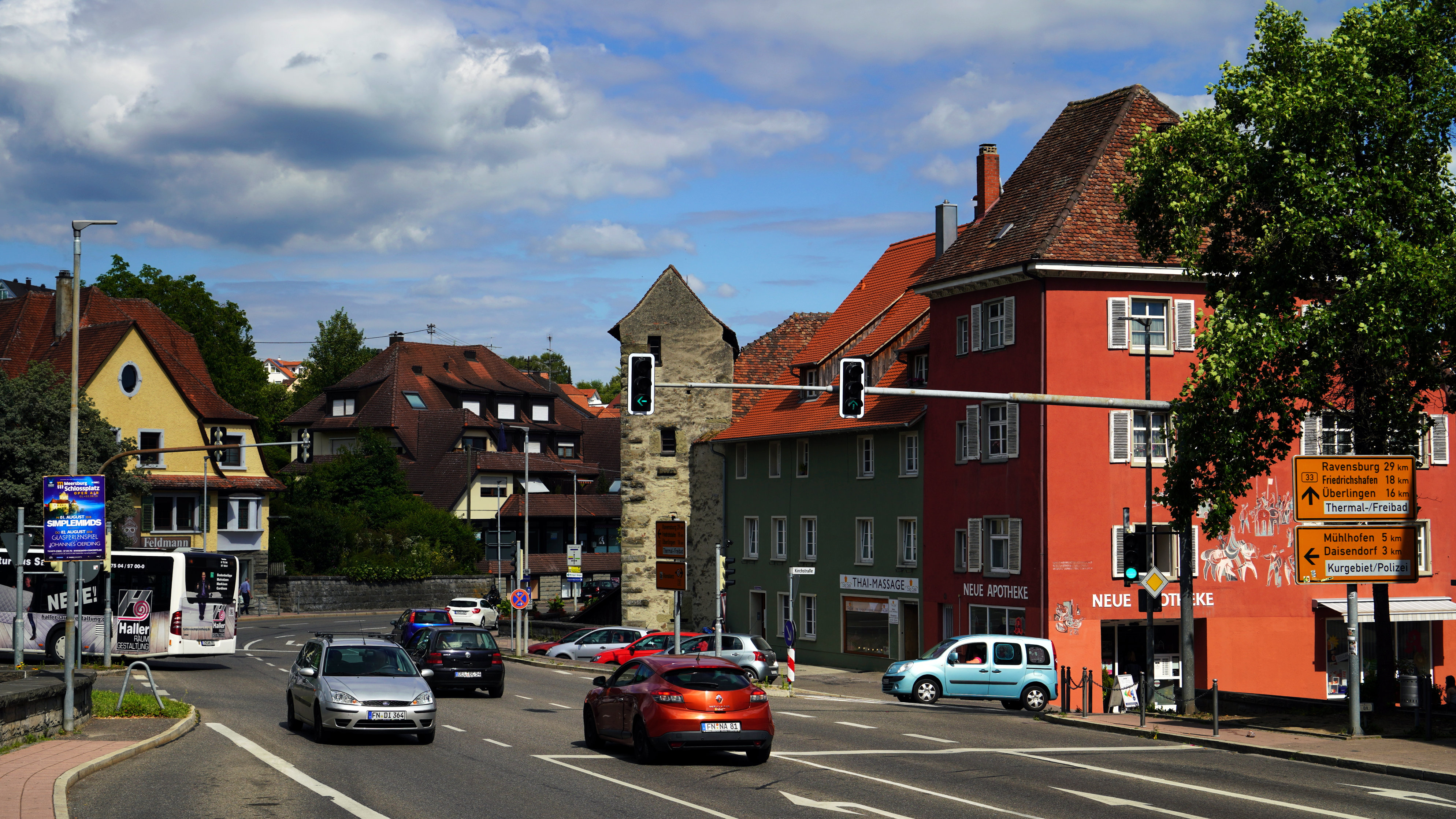Japan Travel
Okinawa’s Shuri Castle: UNESCO World Heritage Attraction
Okinawa’s Shuri Castle stands as a profound symbol of the Ryukyu Kingdom’s cultural and political legacy, a UNESCO World Heritage site that embodies both the grandeur of a lost era and the resilience of its people. For nearly five centuries, it served as the administrative, diplomatic, and spiritual heart of the Ryukyu Islands, a hub of East Asian trade and cultural exchange. Though tragically destroyed by fire in 2019, its legacy endures, and ongoing reconstruction efforts speak to its undiminished significance.
The history of Shuri Castle is inextricably linked with the Ryukyu Kingdom, which flourished from the 15th to the 19th century. Unlike the militaristic castles of mainland Japan (shiro), Shuri was designed as a royal palace (gyoku-den), reflecting its unique role as a center of governance and ceremony. Its strategic location atop a hill in modern-day Naha offered commanding views of the East China Sea, underscoring the kingdom’s maritime prowess. The Ryukyu Kingdom thrived as a vital intermediary in regional trade, fostering relationships with China, Japan, Korea, and Southeast Asian nations. This history of exchange is deeply imprinted in the castle’s very architecture and aesthetic.
The architectural design of Shuri Castle is a magnificent fusion of influences from Japan, China, and Southeast Asia, synthesized into a distinctly Ryukyuan style. This unique blend is a direct manifestation of the kingdom’s diplomatic and commercial networks. The castle complex was organized around a series of enclosed plazas and stately gates, each leading deeper into the seat of power.
The most iconic gate, the Shurei-mon, became the unofficial symbol of Okinawa. Its distinctive arched opening and vibrant vermilion paint, a color reserved for high-status buildings in Chinese tradition, welcome visitors. The inscription on the lintel, meaning “Land of Propriety,” highlights the kingdom’s Confucian ideals. Beyond this gate lies the Kankai-mon, which opens onto the main courtyard.
At the heart of the complex stood the Seiden (Main Hall), the architectural and spiritual centerpiece of Shuri Castle. A stunning two-story structure, it was unparalleled in the Ryukyu Islands. Its design incorporated elements from Chinese palace architecture, such as the ornate dragon pillars flanking the entrance and the intricate roof ornaments, while the overall timber frame construction shared techniques with Japanese building styles. The Seiden’s brilliant red lacquerwork, detailed with gold and black accents, and the sweeping, curved roofs adorned with shisa (lion-dog guardians) created an awe-inspiring spectacle. It was here that the king conducted state affairs, received foreign emissaries, and performed sacred rituals.
Other significant structures within the sprawling complex included the Nanden (South Hall) and Hokuden (North Hall), which flanked the main courtyard and served as administrative wings. The Una, a sacred grove behind the Seiden, was the site of important native religious ceremonies conducted by the kikoe-ogimi, the high priestess of the kingdom, demonstrating the blend of spiritual and political authority.
In 2000, Shuri Castle was inscribed on the UNESCO World Heritage List as part of the “Gusuku Sites and Related Properties of the Kingdom of Ryukyu.” This designation recognized its outstanding universal value as a testament to a unique culture that evolved through centuries of economic and cultural exchange in East Asia. The castle was not merely a political monument but a living repository of Ryukyuan traditions, from its unique architectural forms to the intangible cultural heritage of music, dance, and textiles that flourished under its patronage.

However, the castle’s journey has been one of repeated destruction and rebirth. It was first devastated during the Battle of Okinawa in 1945, a catastrophic event that leveled most of the structures. For decades, the site stood as a somber ruin, a painful reminder of the war’s toll. A monumental reconstruction project, based on detailed records, photographs, and archaeological studies, began in the post-war period. Through immense effort and dedication, the main buildings were faithfully rebuilt and opened to the public as a national park in 1992. It became a powerful symbol of Okinawan cultural revival and pride.
Tragedy struck again on October 31, 2019, when a devastating fire, sparked by an electrical fault, engulfed the Seiden, Hokuden, and Nanden. The sight of the burning structures, captured on live television, was a heartbreaking blow to the people of Okinawa and the world. The loss was not just of historical replicas but of a deeply cherished symbol of identity.
In the aftermath of the fire, the resolve to rebuild was immediate and unwavering. The Japanese government, along with experts and craftsmen, committed to a second reconstruction. This endeavor is itself a remarkable cultural project, employing traditional Ryukyuan building techniques and materials to ensure historical accuracy. It is a painstaking process of preservation, research, and craftsmanship, serving as a living bridge between past and future generations. While the full reconstruction will take years, the park remains open, allowing visitors to witness the revival process and explore the stone foundations, gates, and gardens that survived the flames.
Today, Shuri Castle is more than a tourist attraction; it is a poignant site of memory, resilience, and hope. It tells the story of the innovative and cosmopolitan Ryukyu Kingdom, the trauma of war, the triumph of cultural reconstruction, and the enduring spirit of the Okinawan people. A visit to its grounds is a profound experience—to walk the same stone paths as Ryukyu kings and Chinese envoys, to understand the layers of history embedded there, and to witness a community’s steadfast dedication to honoring its past while building anew.
The story of Shuri Castle is unfinished. Its phoenix-like rise from the ashes, not once but twice, ensures that its legacy as a UNESCO World Heritage attraction will continue to inspire and educate for generations to come, standing eternally as a beacon of Ryukyuan culture.
相关文章
- Yamagata’s Zao Onsen: Snow Monster Hot Spring Attraction
- Japan’s Maid Cafés: Akihabara Subculture Attractions
- Okayama’s Okayama Korakuen: Historic Garden Attraction
- Japan’s Horse Racing Tracks: Equestrian Sports Attractions
- Tokyo’s Odaiba Gundam: Anime Icon Attraction
- Japan’s Doll Festivals: Hinamatsuri Attractions
- Kagoshima’s Ibusuki Onsen: Sand Bath Hot Spring Attraction
- Japan’s Table Tennis Clubs: Recreational Attractions
- Kyoto’s Nishiki Market: 400-Year-Old Food Attraction
- Japan’s Camellia Festivals: Winter Flower Attractions
发表评论
评论列表
- 这篇文章还没有收到评论,赶紧来抢沙发吧~


